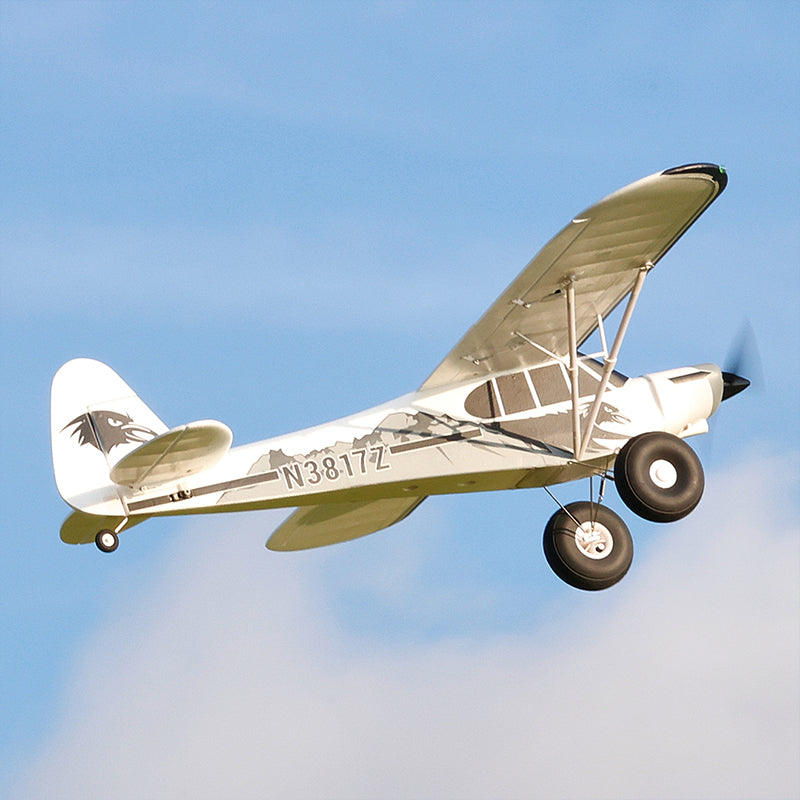The History and Evolution of the Piper PA-18 Super Cub: From its Origins to Modern Modifications
Body
The Piper PA-18 Super Cub is more than just an aircraft; it is a symbol of adventure and versatility in aviation. Since its introduction in the late 1940s, this aircraft has undergone significant transformations while maintaining its core characteristics. But what makes the Super Cub so special? Let’s delve into its fascinating history and evolution.

Origins of the Piper PA-18 Super Cub
The Piper PA-18 Super Cub was first introduced in 1949 as a successor to the Piper J-3 Cub. Designed by the Piper Aircraft Company, it was built to meet the needs of bush pilots and general aviation enthusiasts. The aircraft featured a larger wingspan and a more powerful engine compared to its predecessor, which contributed to its enhanced performance.
- First Flight: The Super Cub made its maiden flight in 1949.
- Design Features: It was designed with a high-wing configuration, allowing for excellent visibility and stability.
- Engine Options: The original models were equipped with a 90-horsepower engine, which was later upgraded to 150 horsepower.
Key Features of the Piper PA-18 Super Cub
The Piper PA-18 Super Cub is renowned for its ruggedness and adaptability. Its design allows it to operate in a variety of environments, from short grass strips to rugged mountain terrains. Some of its key features include:
- Short Takeoff and Landing (STOL) Capabilities: The Super Cub can take off and land in very short distances, making it ideal for remote locations.
- Versatile Configuration: The aircraft can be equipped with floats, skis, or larger tires, allowing it to operate in diverse conditions.
- Lightweight Construction: The use of aluminum and fabric in its construction contributes to its low weight and high performance.
Modern Modifications and Variants
Over the years, the Piper PA-18 Super Cub has seen numerous modifications and variants. These enhancements have kept the aircraft relevant in today’s aviation landscape. Some notable modifications include:
- Engine Upgrades: Modern Super Cubs often feature more powerful engines, improving performance and efficiency.
- Advanced Avionics: Newer models are equipped with state-of-the-art navigation and communication systems.
- Customizable Interiors: Pilots can now choose from a variety of interior configurations to suit their needs.
Conclusion: The Legacy of the Piper PA-18 Super Cub
The Piper PA-18 Super Cub has established itself as a beloved aircraft among pilots and aviation enthusiasts alike. Its rich history, combined with modern advancements, ensures that it remains a staple in the aviation community. Whether you are a seasoned pilot or a newcomer to aviation, the Super Cub offers a unique flying experience that is hard to match.
For those interested in experiencing the Piper PA-18 Super Cub firsthand, consider exploring options like the , which provides a glimpse into the aircraft's capabilities.








Comments